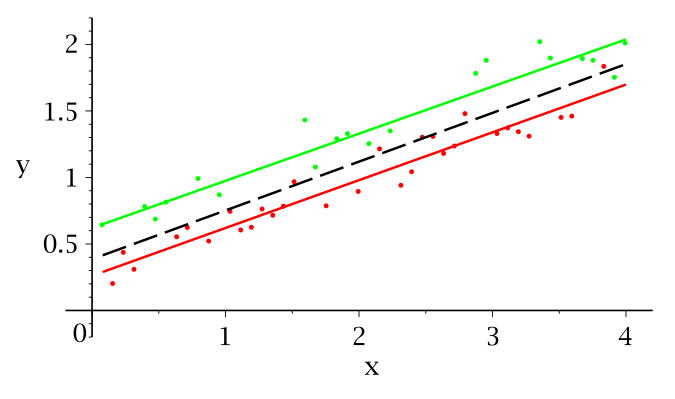The Chow test, also known as the Chow-Feuer test, is a statistical test used to examine whether there is a significant difference in the coefficients of two different linear models or sub-models. This test can be used to compare the performance of two or more different linear models with one another.
Working of Chow Test
It typically works by examining the sum of squared residuals between the two different models; if these residuals are significantly different, then it is likely that one of the models is better than the other.
Uses of Chow Test
The Chow test has been widely used in econometrics and finance research, and can provide insight into which model performs better when comparing multiple linear regression or time series forecasting models. At its core, the Chow test seeks to determine whether a single set of parameters can adequately describe all subsets of data within a certain model, or if separate parameters must be estimated for each subset. In essence, this test examines whether there is evidence that suggests that parameters across different sub-models should vary from each other. If this is found to be true, then it may indicate that model specification flaws are present within one or more subsets of data which could lead to inaccurate results.
Explanation
Additionally, this type of analysis can also provide an indication as to whether certain subsets need to be adjusted through feature engineering techniques such as polynomial expansion or interactions terms in order to improve overall model performance across all subsets. The Chow Test often uses an F-test statistic which calculates a ratio between two mean square errors (MSE) values: one derived from the entire dataset and another derived from separate subsets of data within the same dataset. This ratio represents how much variation exists between each subset relative to all available data points in total; if this ratio exceeds a predetermined statistical threshold (such as 95%), then assume that individual parameter estimates should vary across each subset and that adjustments need to be made accordingly.
Advantages and Disadvantages
One of the main advantages of the Chow test is that it allows us to compare two different regression models and determine if there is a significant difference between them. This can be useful for understanding changes in the relationship between variables over time, or across different groups or regions. For example, if we were to run a regression model to analyze the relationship between economic growth and government spending in two different countries, we could use the Chow test to see if there is a significant difference in the strength or direction of that relationship between the two countries. This could help us identify factors that are driving economic growth in one country but not the other, or that are influencing the relationship between government spending and economic growth in different ways.
However, there are also some potential drawbacks to using the Chow test. One is that it assumes that the two regression models being compared have the same error variance and covariance structure. If this assumption is violated, the test results may not be valid. Additionally, the test can be sensitive to small changes in the data, so it may not always be reliable for detecting structural breaks or changes.
Summary
In summary, the Chow Test is an important tool for researchers looking for evidence regarding whether their regression models are adequately specified for predicting outcomes on different datasets. By accurately detecting discrepancies between various subsets of data, researchers can use this information to refine their models and obtain more accurate results over time. Overall, the Chow test can be a valuable tool for analyzing changes in the relationship between two variables, but it is important to use it in conjunction with other methods and to be aware of its limitations. By combining it with other statistical tests and techniques, researchers can gain a more complete understanding of the complex relationships between variables in different contexts.

